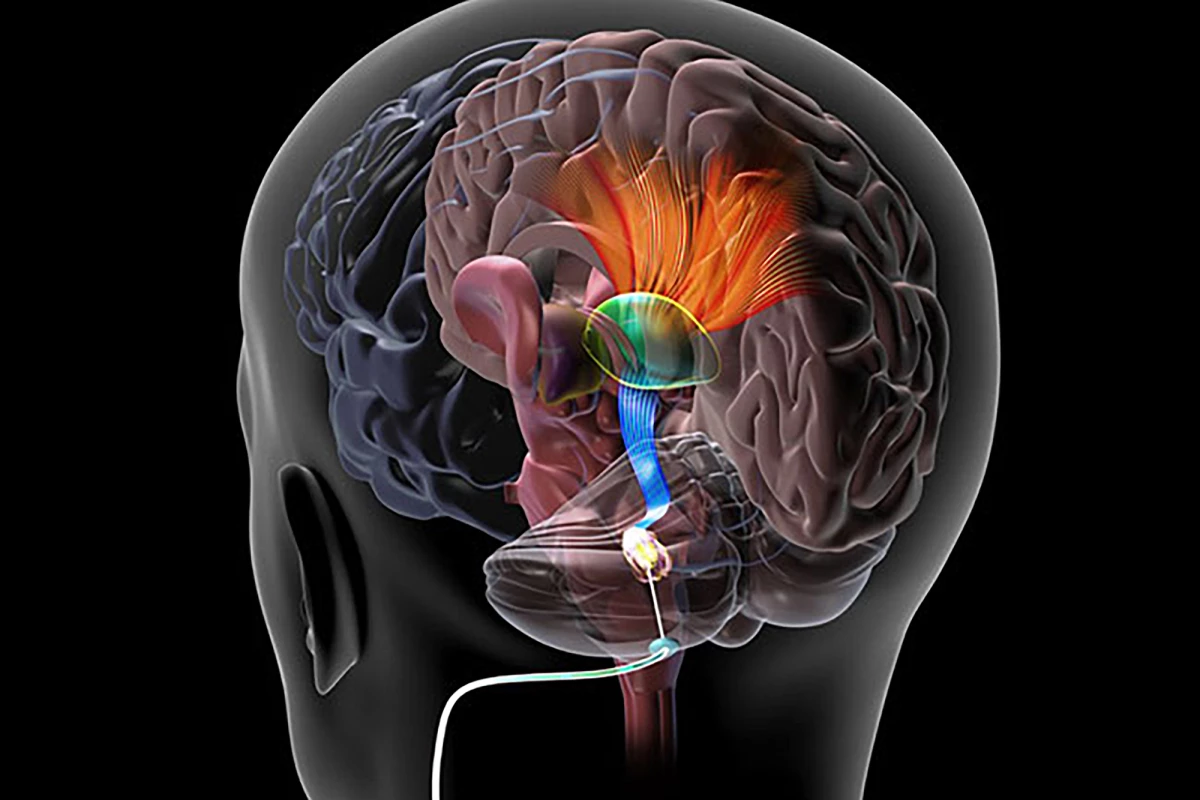A first-in-human trial has found that pairing physical therapy with deep brain stimulation to encourage post-stroke rehabilitation is a safe and feasible treatment, even years after the stroke. The researchers say their technique offers hope to stroke survivors suffering from chronic impairment.
While advances in emergency healthcare, imaging, and medical devices have improved stroke treatment in the acute phase, up to 50% of survivors are left with a chronic disability after a stroke that often results in them requiring the assistance of others to complete everyday activities.
Stroke patients are often left with upper-extremity impairment, which can include weakened or impaired muscles and muscle tone and changes in sensation. Researchers from the Cleveland Clinic investigated the use of a new, invasive surgical approach to aid rehabilitation in people with long-term impairment following a stroke.
Their first-in-human phase 1 clinical trial involved deep brain stimulation (DBS) of the dentate nucleus, the part of the brain that regulates fine control of voluntary movements, cognition, language, and sensory functions. Twelve participants with persistent moderate-to-severe upper-extremity impairment following a unilateral middle cerebral artery stroke 12-to-36 months prior had electrodes surgically inserted into their cerebellum. A pacemaker-like device delivered small electrical pulses to help participants recover control of their movements.
After discharge following the surgical procedure, participants underwent months of physical therapy, first with the DBS device turned off for several weeks, then turned on for four-to-eight months. The researchers saw the most improvement after the device was switched on, with nine out of 12 participants demonstrating improvements in both motor impairment and function. No serious adverse effects were observed.
The severity of impairment played a role in how participants fared. Those with at least minimally preserved motor function almost tripled their gains according to pre- and post-treatment scores using the Fugl-Meyer Assessment of stroke recovery.
“These [findings] are reassuring for patients as the participants in the study had been disabled for more than a year and, in some cases, three years after stroke,” said Andre Machado, the study’s corresponding author. “This gives us a potential opportunity for much-needed improvements in rehabilitation in the chronic phases of stroke recovery. The quality-of-life implications for study participants who responded to therapy have been significant.”
The researchers concluded that DBS combined with physical therapy was safe and feasible. They plan to engage in further research using a larger sample size.
“There are currently no effective methods to improve the outcomes of physical rehabilitation for the hundreds of thousands of stroke survivors,” said Kenneth Baker, lead author of the study. “The results of the study found that deep brain stimulation, paired with physical therapy, improved movement in patients who were more than a year out from their stroke and whose motor improvements had largely plateaued. This tells us the research warrants further investigation in larger patient samples.”
The study was published in the journal Nature Medicine.
Source: Cleveland Clinic via Newswire





